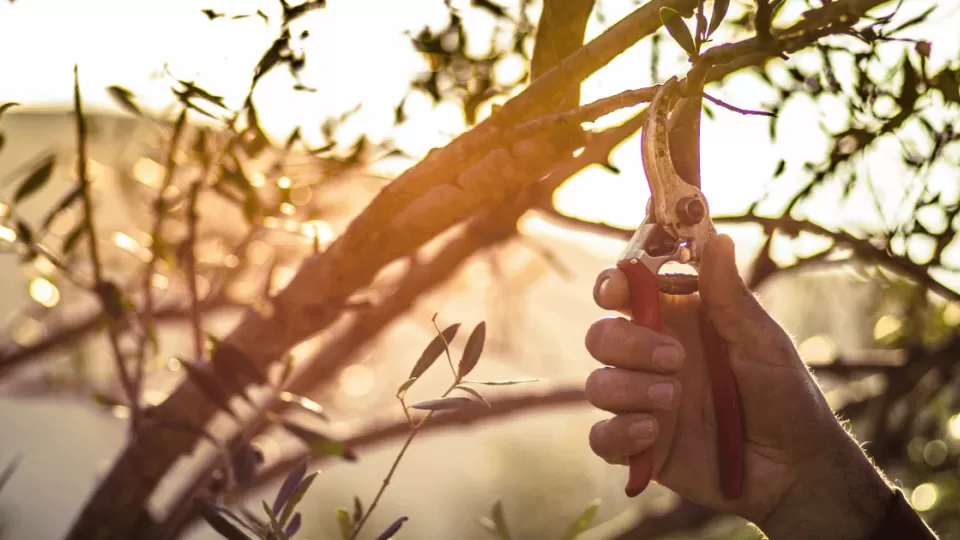Your Seasonal Pruning Guide: What to cut back this winter to increase growth in Spring!
It’s not everybody’s favourite job – that’s for sure – but pruning your garden during the winter months is absolutely essential for achieving a beautifully cultivated outdoor space come Spring. If done properly, simple pruning can prepare your garden for the next season and make for far easier maintenance next year. Here are our top tips on what to cut back on in winter to increase growth in spring.
Don’t overlook your deciduous shrubs and trees
Firstly, if you find yourself dreading the December prune just remember, deciduous trees and plants shed their leaves during winter. This means it’s far easier to find any damaged or diseased wood which needs to be removed, creating the ideal shape for your plants too – so it’s a great place to start!
Pruning your plants whilst dormant
A vital step this winter; if you prune whilst your plants lay dormant it will keep them invigorated. It will also help their development as they’re less susceptible to damage from insects and fungi during this time of year. Pruning your trees correctly will lead to a healthy, reconstructive growth giving them a head start in spring time.
Consider your roots
If you’re planning to or have recently planted a shrub, tree or fruit bush it’s imperative to encourage the development of a robust root system and this can be achieved by pruning. Recently planted fruit bushes in particular should be pruned in order to minimise branching. Thinning and trimming your fruit bush to a total of four healthy branches will allow the plant to distribute energy roots and these specific stems will produce a better yield – in other words your fruit will be full of flavour and taste delicious! Cutting out weak and trailing branches will also promote the growth of sturdy shoots in spring.
Give your plants space!
Even plants need a little personal space! Overcrowding of roots means more competition for light, oxygen and nutrients, which in turn could lead to pests, disease and weaker plants. Additionally, detritus such as stalk and dead branches become abrasive, damaging the bark and debilitating your healthy shoots, so make sure to remove them.

Watch out for disease!
Diseased parts of your plants should be removed quickly to sustain healthy and vigorous growth in your trees and shrubs. Remember, it is good to assess your trees and shrubs in winter to identify weaknesses which can be rectified before spring.
Put safety first
Trees certainly play by their own rules when it comes to growing, but it’s down to you to retain their shape, so don’t leave them to grow wild. Ensure any undesired, dead or rotting branches are cut laterally to accentuate the tree’s natural shape. Removing dead or diseased branches also prevents your garden from becoming a hazardous environment and saves your property, or others, from potential damage.
Keep a natural look
If you want the plant to keep its natural shape avoid snipping the ends off the branches as this will make it into a thicket. Instead cut longer branches well back to where they split from a smaller branch,
Regardless of the cold weather, pruning your plants this winter will really help your garden blossom in spring. Share your pruning examples over on our social channels – what are you waiting for?!
